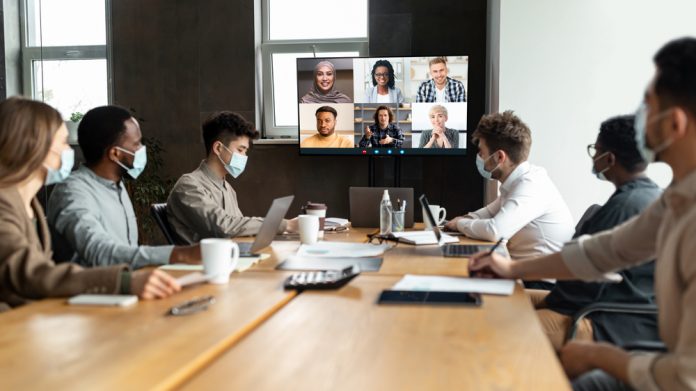
The global pandemic has changed the way business is done. Many workers saw their jobs switch to a work-at-home format last year. While some workplaces have begun to transition back to a more traditional structure, many businesses plan to keep work-at-home as a part of the way they operate going forward.
While there are many potential benefits to remote work, both for employees and employers, it does mean learning new ways of doing things. Most businesses have already adapted to the everyday differences of having employees work from home. However, some of the less frequent challenges posed by this new setup can still be difficult to navigate.
Employee Training
When your employees are aware of their daily tasks and how to manage them, remote work can be fairly simple. When training new employees, training current employees for a new position, or introducing new concepts to current employees, things can get a little trickier.
Many businesses are choosing to handle this problem by having remote workers come into the office for training sessions. This is not possible for all companies, though. Many employers have widened their hiring range to include workers who live too far away to come into the office. Many other remote workers now have their children at home and can not arrange childcare so that they can go into the office for training.
Both managers and employees are having to learn new technologies in order to train remotely. Video call services with screen sharing are essential for training purposes. Unfortunately, many workplaces are a bit chaotic with their video call service use. Make things simpler for everyone by choosing a standard video call app for all of your work calls.
When your employees switch between using Skype one day, Zoom the next, and Google Meet the day after, it can cause confusion. People get the different setups confused and forget how to get the desired function to work. By sticking to one video call service for all interactions, you can help save time and aggravation.
Mobile Hiring
Hiring candidates without ever meeting them face-to-face can be a struggle for employers used to holding in-person interviews. While video calls are certainly a much better tool than a standard phone interview, they aren’t the same as being in the same room. Many old-school managers believe that you can learn most of what you need to know about an applicant based on a handshake.
Many workplaces are still doing in-person interviews. However, others who were hiring during the worst days of lockdown, or are looking to expand their candidate pool outside of the local workforce, have had to deal with a completely remote hiring system.
Job interviews tend to make many job seekers nervous. With a video call, there are often glitches that can make for awkward moments. Put interviewees at ease by making light of these situations.
Without some of the tools that interviewers use in face-to-face interviews, it’s important to rely more heavily on technology when doing remote hiring. Try using an Applicant Tracking System to help the hiring process go as smoothly as possible.
Checking the Mental State of Employees
Employers have a responsibility to their employees that goes beyond work. It is critical for employers to keep apprised of the mental health of their employees and offer reasonable assistance to employees who are struggling. This is a much easier task when you employers and employees share the same workspace eight hours a day.
When an employee is working from home, it can be difficult to assess when they are struggling unless they come right out and say so.
Employers need to keep on the lookout for any possible indications of a problem with their employees. A change in an employee’s productivity, such as suddenly missing deadlines, could be an indication that there is something wrong. Other possible signs that something could be amiss are poor quality work or a decrease in communication.
One of the best things that an employer can do to try to keep tabs on the mental health of their employees is to schedule regular video calls. By checking in with employees individually for 10-15 minutes every week or two, employers can usually tell if something seems off about the behavior of the employee.
Of course, there are some employees who will go to great lengths to hide the fact that they are struggling. There is only so much you can do as an employer. However, making an effort and letting your employees know that they can come to you if they are struggling is significant.
Change Takes Time
Employers and employees have to remember that most of the time, this is the first experience either is having with a work-from-home setup. There are going to be growing pains, but as time goes by, everyone will become more accustomed to this way of working. The wrinkles will all get smoothed out, and remote work will be standard. Until then, all anyone can do is try their best to find the best way to operate inside this new system.




